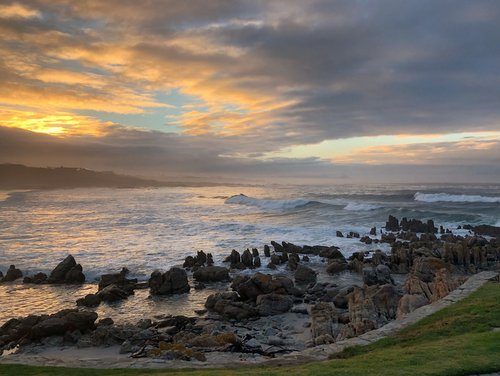
This is the final instalment of my series of reports from 10 days of vintage experience at Gabrielskloof, in Bot River, South Africa. I really enjoyed my time here, came back thinner and stronger, and learned quite a bit from taking a different perspective on winemaking – from behind the scenes. The picture above was from the journey to work on the final morning, and shows the beach at Onrus. It was about 0630, and it was beautiful. Here I’m wrapping up with some more pictures and stories of vintage, and there will be a film to come!

Out in the vineyard, sampling the grapes. This is in the Hemel-En-Aarde Valley, next door to Bouchard Finlayson where Peter-Allan’s dad is the cellar master. This Pinot Noir is pretty much ready to go: it will produce the Crystallum Bona Fide wine.

A typical Pinot bunch: this is in perfect shape, and doesn’t have shoulders (which can be a bit behind the main bunch).
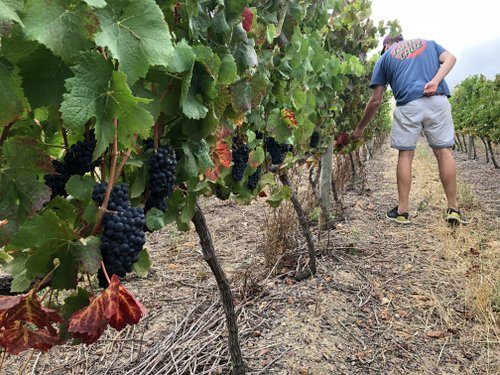
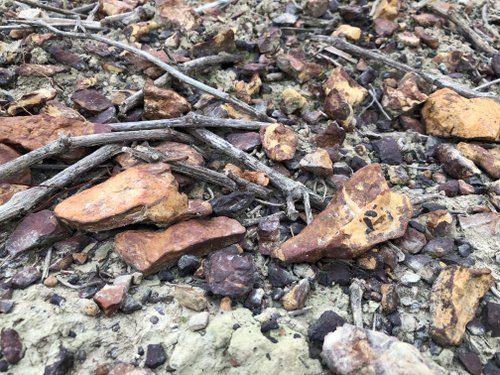
The clay/sand and shale soils of the Hemel-En-Aarde Valley.
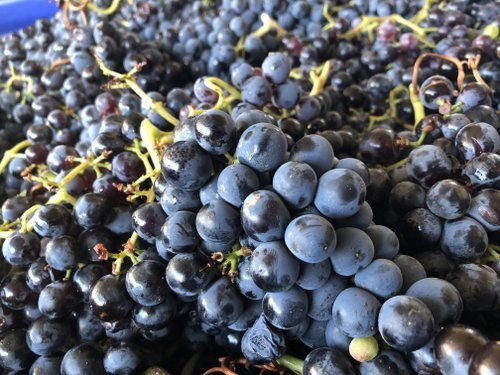
The same grapes arriving in the winery two days later.
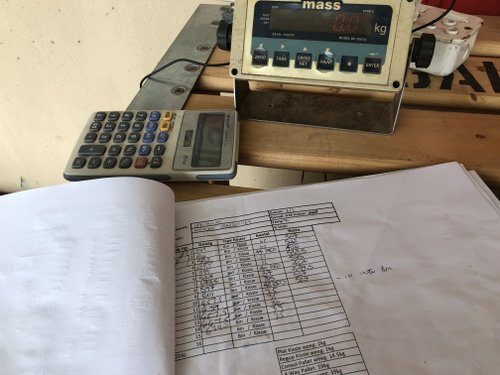
All the grapes are weighed on arrival, and the weight of the kissies (crates) and pallet are then taken off. This is so the grower gets paid the right amount. Good quality grapes can cost as much as 17 000 Rand a ton (just over £1000), but some are much cheaper than this. Even good Stellenbosch Cabernet can be had for around half this price. By international standards, the best South African grapes are quite cheap.

Then it’s time to process the grapes. If a sorting table isn’t being used, it’s quite simple. Grapes are tipped into a hopper, taken by a conveyor and then pass through the destemmer into a receiving bin or poly fermenter.
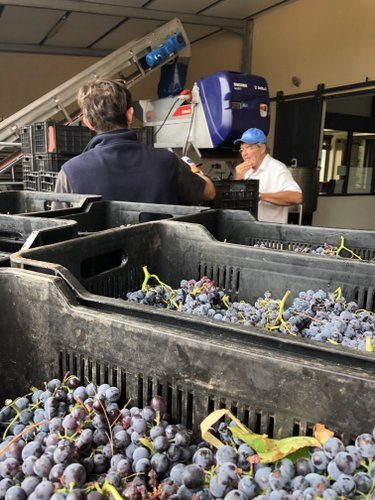
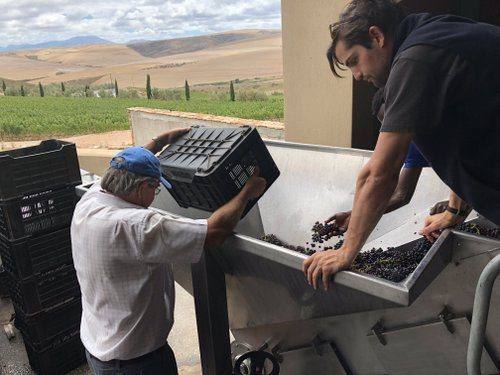
Here the grapes have been harvested into kissies (crates) and these have to be tipped into the hopper.
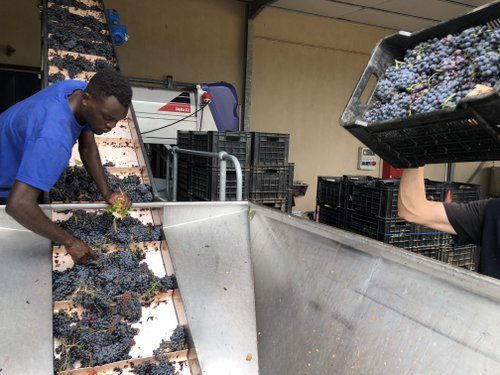
A conveyor then takes them up to the distemper. It’s possible to do some quick sorting on the way, but if there are problems then a proper sorting table is needed.
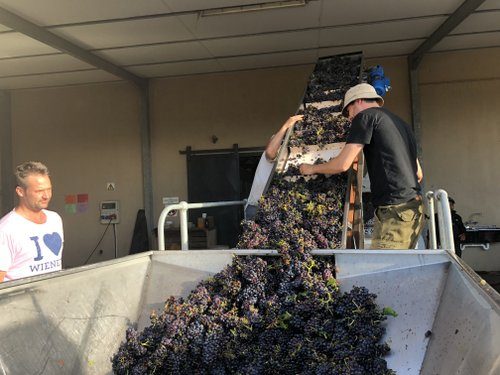
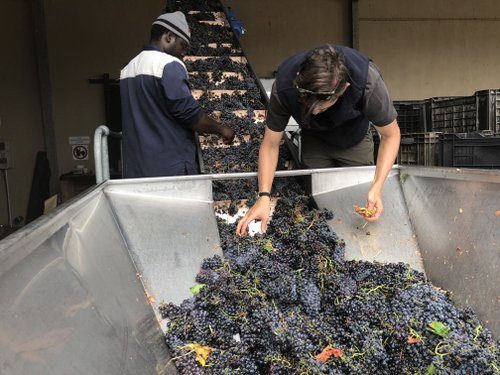
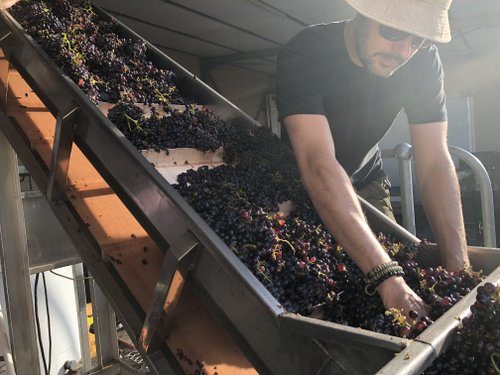
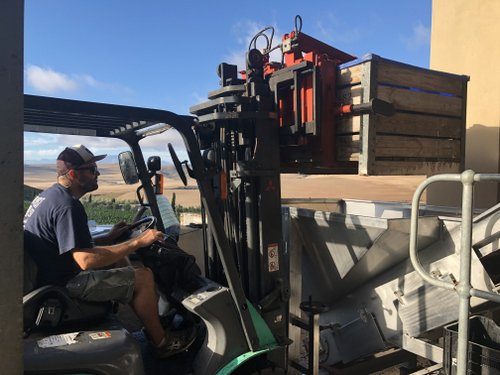
If the grapes have been harvested into bins, these can be tipped in directly using a forklift.
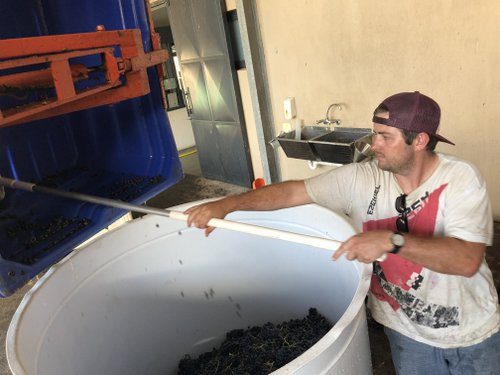
Here, some whole bunches are being tipped into a poly fermenter, and destemmed grapes will then be put on top.
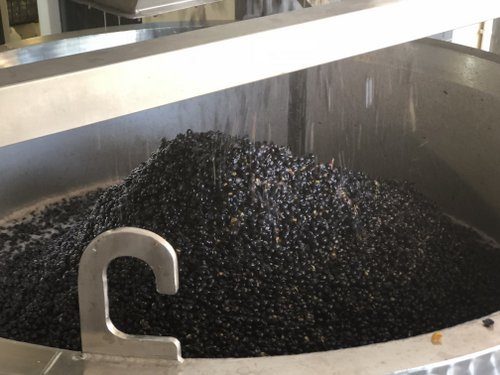
Grapes coming out of the destemmer, but not crushed.
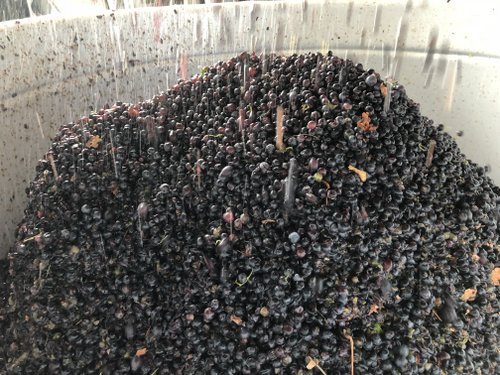
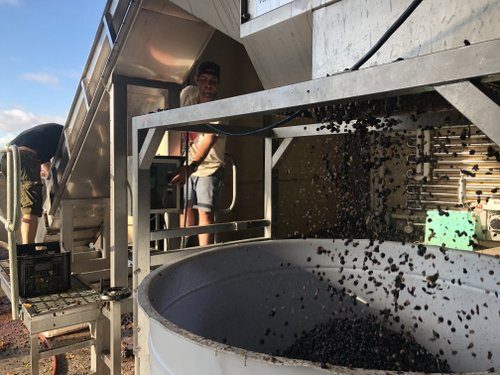
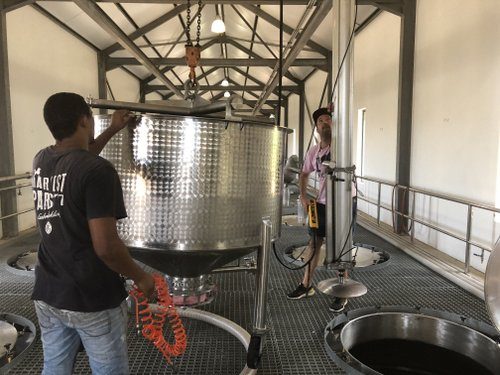
When this grape receiving bin is full, it’s lifted using the hydraulic system and placed over a fermenting tank.
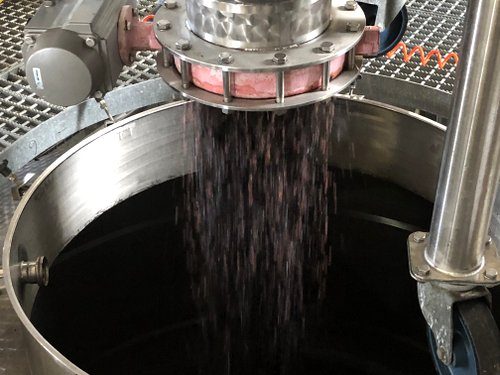
Then the grapes are allowed to drop in.
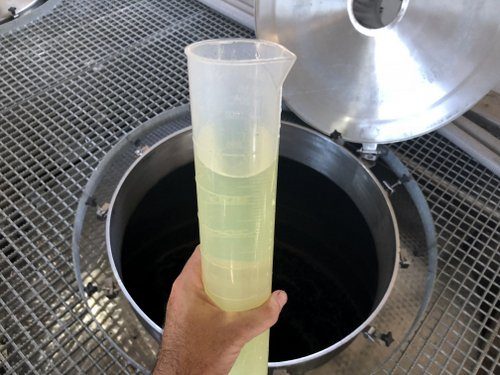
For some ferments, nothing is added. But here I’m adding a dose of sulfur dioxide: enough to restrain any bad bugs from growing, but not enough to stop the yeasts doing their thing.

Dumping the stems (from the destemmer) into the compost bin. Not the glamorous side of winemaking.
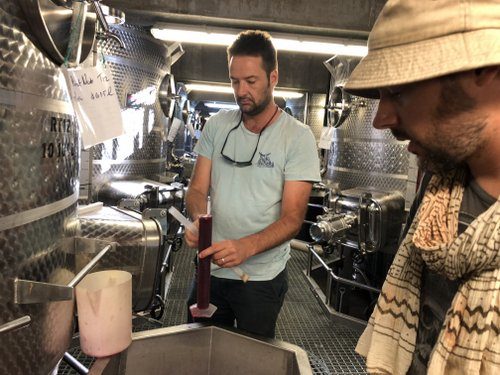
Peter-Allan Finlayson checking the sugar on a ferment.
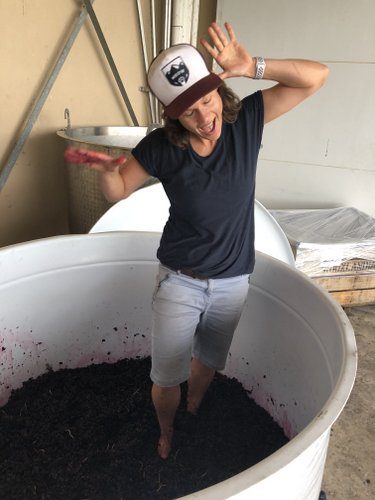
And, finally, Marelise Niemann getting into food treading some Syrah.
And that was that. 10 days I won’t forget. How has working in the cellar changed my journalist’s perspective? That’s something I need to think about – perhaps it would make an interesting stand-alone blog post.
Harvest at Gabrielskloof:
- Managing red wine ferments
- Vineyard sampling
- Collecting grapes
- Pressing Chenin Blanc and sorting Pinot Noir
- Pressing Grenache Gris and barrel work
- The final instalment
1 Comment on Making wine at Gabrielskloof: the final instalment
Hi Jamie, I just wanted to say how much I have enjoyed reading your posts, particularly these recent ones from Gabrielskloof. Our paths must have almost crossed again as we were there late morning of Saturday Feb 10th, tasting wine and having lunch. Fabulous wines and we had a good chat with the boss.
You may remember we met at Quinta de Sant’Ana last summer at their Lisbon Family Wines event. A really hot day but great fun. I organise events for the Algarve Wine Society. We spend most of the year in Portugal but also a month in and around Cape Town every Jan/Feb.
I must say that I now drink almost only Portuguese and South African wines and also from over the border in Spain. I think Portugal is the most interesting European country from the wine perspective and South African wines just get better and better. The wineries are also a real joy to visit.
Keep up the good work.
All the best, Steve